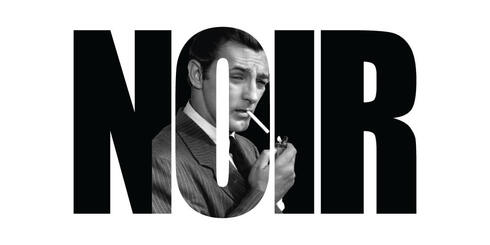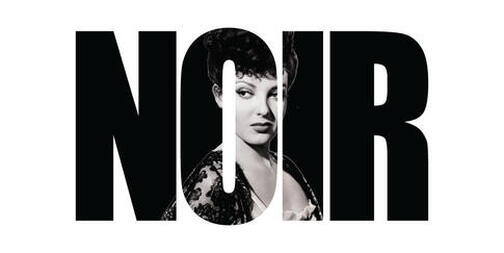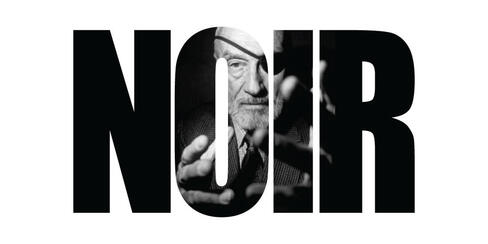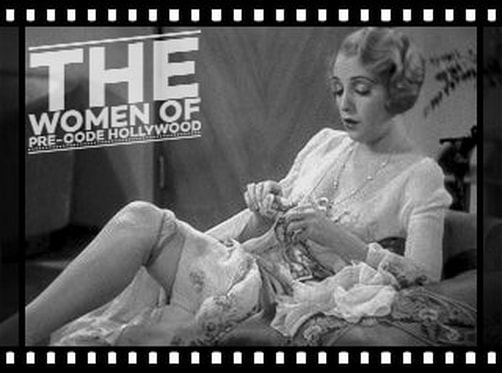TRIVIA:
Attempted to have her Warner Brothers contract terminated over financial issues, after finding out that she made the same money as the five-year-old who played her son in Three on a Match (1932). | Her friend Joan Crawford was the one who introduced her to Howard Hughes, who in turn was looking for a girl for his production of Scarface (1932). She made $250 a week. | Her parents divorced when she was 8. She did not hear from her father after that for fourteen years, when she put out a letter in 1934 asking for information leading to his whereabouts. Six other men responded claiming to be her father before he did. He was living in Philadelphia at the time and had no idea she was in the movies. | She was awarded a Star on the Hollywood Walk of Fame at 6321 Hollywood Boulevard in Hollywood, California on February 8, 1960. | Moved to England during World War II and, between film gigs, worked as an ambulance driver to support the war effort. | She was born into an entertainment family and began her career as a dance instructor for MGM studios.
AVAILABLE FILMS:
G-MEN (1935)
BLIND ALLEY (1939)
CROWD ROARS, THE (1932)
DANCE, FOOLS, DANCE (1931)
DR. SOCRATES (1935)
GANGS OF NEW YORK (1938)
I SELL ANYTHING (1934)
LONG NIGHT, THE (1947)
LOVE IS A RACKET (1932)
MIDNIGHT ALIBI (1934)
SCARFACE (1932)
SECRET OF CONVICT LAKE, THE (1951)
STRONGER THAN DESIRE (1939)
THIS WAS PARIS (1941)
THREE ON A MATCH (1932)
WALLS OF JERICHO, THE (1948)
WE WHO ARE ABOUT TO DIE (1936)
BLIND ALLEY (1939)
CROWD ROARS, THE (1932)
DANCE, FOOLS, DANCE (1931)
DR. SOCRATES (1935)
GANGS OF NEW YORK (1938)
I SELL ANYTHING (1934)
LONG NIGHT, THE (1947)
LOVE IS A RACKET (1932)
MIDNIGHT ALIBI (1934)
SCARFACE (1932)
SECRET OF CONVICT LAKE, THE (1951)
STRONGER THAN DESIRE (1939)
THIS WAS PARIS (1941)
THREE ON A MATCH (1932)
WALLS OF JERICHO, THE (1948)
WE WHO ARE ABOUT TO DIE (1936)
VIDEO TRIBUTE:
Ann Dvorak
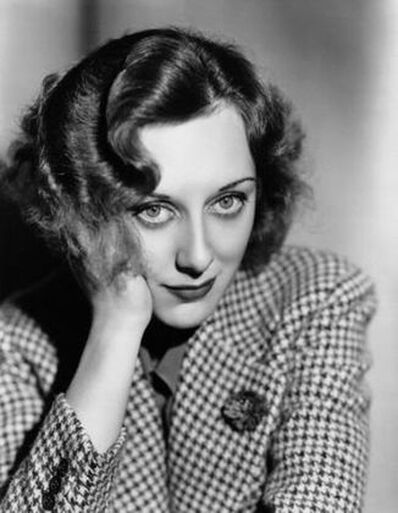
Active - 1916 - 1951 | Born - Aug 2, 1912 in New York City, NY | Died - Dec 10, 1979 in Honolulu, HI | Genres - Drama, Comedy, Crime, Musical, Romance | Height: 5’ 4½”
American actress Ann Dvorak was the daughter of silent film director Sam McKim and stage actress Anne Lehr (“Dvorak” was her mother’s maiden name). Educated at Page School for Girls in Los Angeles, Dvorak secured work as a chorus dancer in early talking films: she is quite visible amongst the female hoofers in Hollywood Revue of 1929 (1929). Reportedly it was her friend Joan Crawford, a headliner in Hollywood Revue, who introduced Dvorak to multimillionaire Howard Hughes, then busy putting together his film Scarface (1931).
Dvorak was put under contract and cast in Scarface as gangster Paul Muni’s sister, and despite the strictures of film censorship at the time, the actress’ piercing eyes and subtle body language made certain that the “incest” subtext in the script came through loud and clear. Hughes sold Dvorak’s contract to Warner Bros., who intended to pay her the relative pittance she’d gotten for Scarface until she decided to retreat to Europe. Warners caved in with a better salary, but it might have been at the expense of Dvorak’s starring career. Though she played roles in such films as Three on a Match (1932) and G-Men (1935) with relish, the characters were the sort of “life’s losers” who usually managed to expire just before the fadeout, leaving the hero to embrace the prettier, less complex ingenue. Dvorak cornered the market in portraying foredoomed gangster’s molls with prolonged death scenes, but they were almost always secondary roles. One of her rare forays into comedy occurred in producer Hal Roach’s Merrily We Live (1938), an amusing My Man Godfrey rip-off.
In 1940, Dvorak followed her first husband to England, starring there in such wartime films as Squadron Leader X (1941) and This Was Paris (1942). Upon her return to Hollywood in 1945, Dvorak found very little work beyond westerns and melodramas; she did have a bravura role as a cabaret singer held prisoner by the Japanese in I Was an American Spy (1951), but it was produced at second-string Republic Pictures and didn’t get top bookings. After Secret of Convict Lake (1951), Dvorak quit film work; she had never found it to be as satisfactory as her stage career, which included a year’s run in the 1948 Broadway play The Respectful Prostitute. During her retirement, spent with her third husband, she divided her time between her homes in Malibu and Hawaii, and her passion for collecting rare books.
American actress Ann Dvorak was the daughter of silent film director Sam McKim and stage actress Anne Lehr (“Dvorak” was her mother’s maiden name). Educated at Page School for Girls in Los Angeles, Dvorak secured work as a chorus dancer in early talking films: she is quite visible amongst the female hoofers in Hollywood Revue of 1929 (1929). Reportedly it was her friend Joan Crawford, a headliner in Hollywood Revue, who introduced Dvorak to multimillionaire Howard Hughes, then busy putting together his film Scarface (1931).
Dvorak was put under contract and cast in Scarface as gangster Paul Muni’s sister, and despite the strictures of film censorship at the time, the actress’ piercing eyes and subtle body language made certain that the “incest” subtext in the script came through loud and clear. Hughes sold Dvorak’s contract to Warner Bros., who intended to pay her the relative pittance she’d gotten for Scarface until she decided to retreat to Europe. Warners caved in with a better salary, but it might have been at the expense of Dvorak’s starring career. Though she played roles in such films as Three on a Match (1932) and G-Men (1935) with relish, the characters were the sort of “life’s losers” who usually managed to expire just before the fadeout, leaving the hero to embrace the prettier, less complex ingenue. Dvorak cornered the market in portraying foredoomed gangster’s molls with prolonged death scenes, but they were almost always secondary roles. One of her rare forays into comedy occurred in producer Hal Roach’s Merrily We Live (1938), an amusing My Man Godfrey rip-off.
In 1940, Dvorak followed her first husband to England, starring there in such wartime films as Squadron Leader X (1941) and This Was Paris (1942). Upon her return to Hollywood in 1945, Dvorak found very little work beyond westerns and melodramas; she did have a bravura role as a cabaret singer held prisoner by the Japanese in I Was an American Spy (1951), but it was produced at second-string Republic Pictures and didn’t get top bookings. After Secret of Convict Lake (1951), Dvorak quit film work; she had never found it to be as satisfactory as her stage career, which included a year’s run in the 1948 Broadway play The Respectful Prostitute. During her retirement, spent with her third husband, she divided her time between her homes in Malibu and Hawaii, and her passion for collecting rare books.
[July 18, 1932] "I don't want to go back to Hollywood if I can help it. I want to go back to the stage. The trouble with Hollywood is everybody is crazy for money. The producers are trying to make pictures cheaper and faster. They do not realize the public is becoming more critical, and can see the cheapness."
“Just the other day, I read in a paper that ‘Ann Dvorak, the European actress is rapidly losing her accent.’ Imagine – and I’ve never been any farther outside the United States than Agua Caliente!”
– Ann Dvorak

